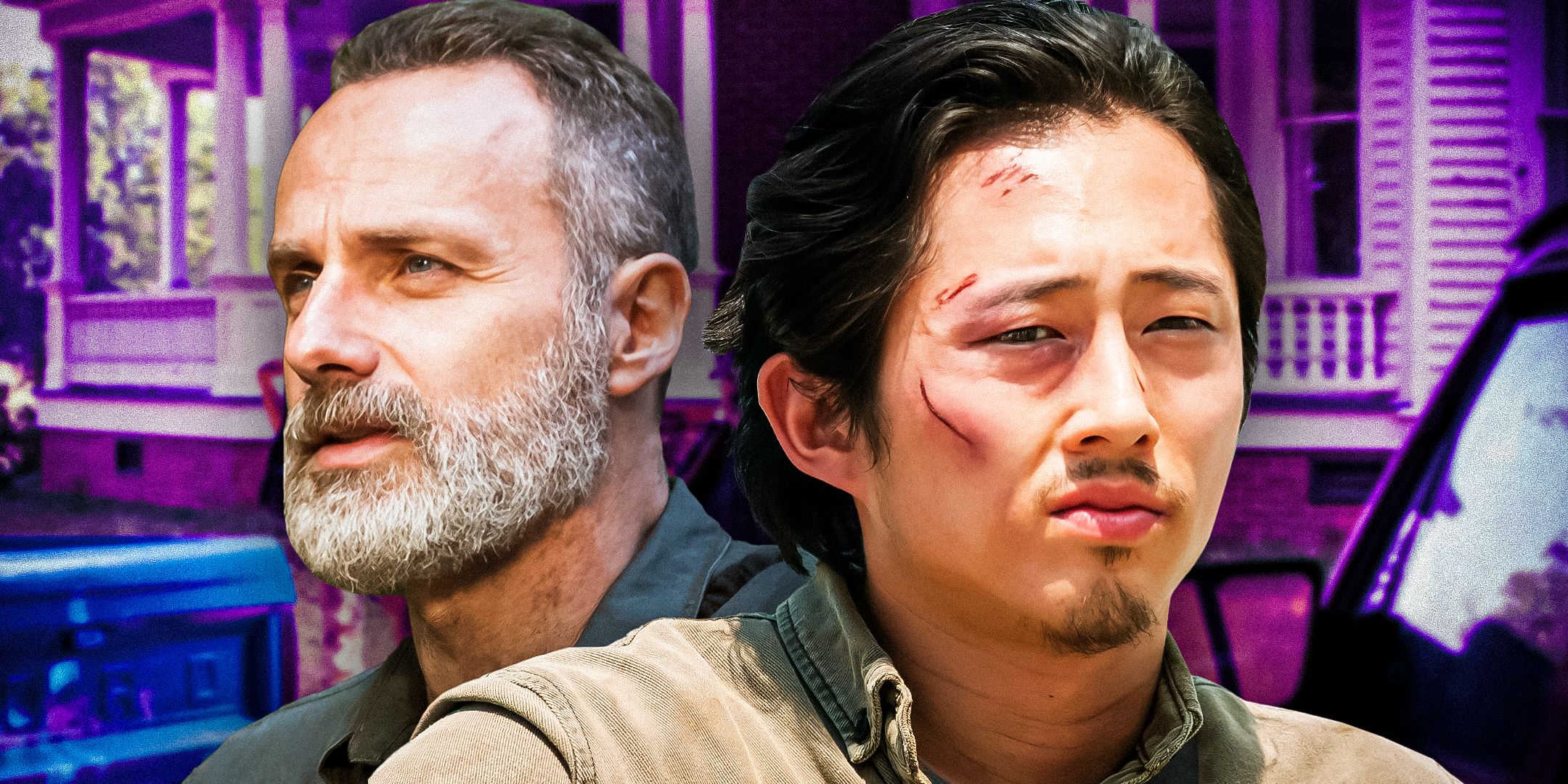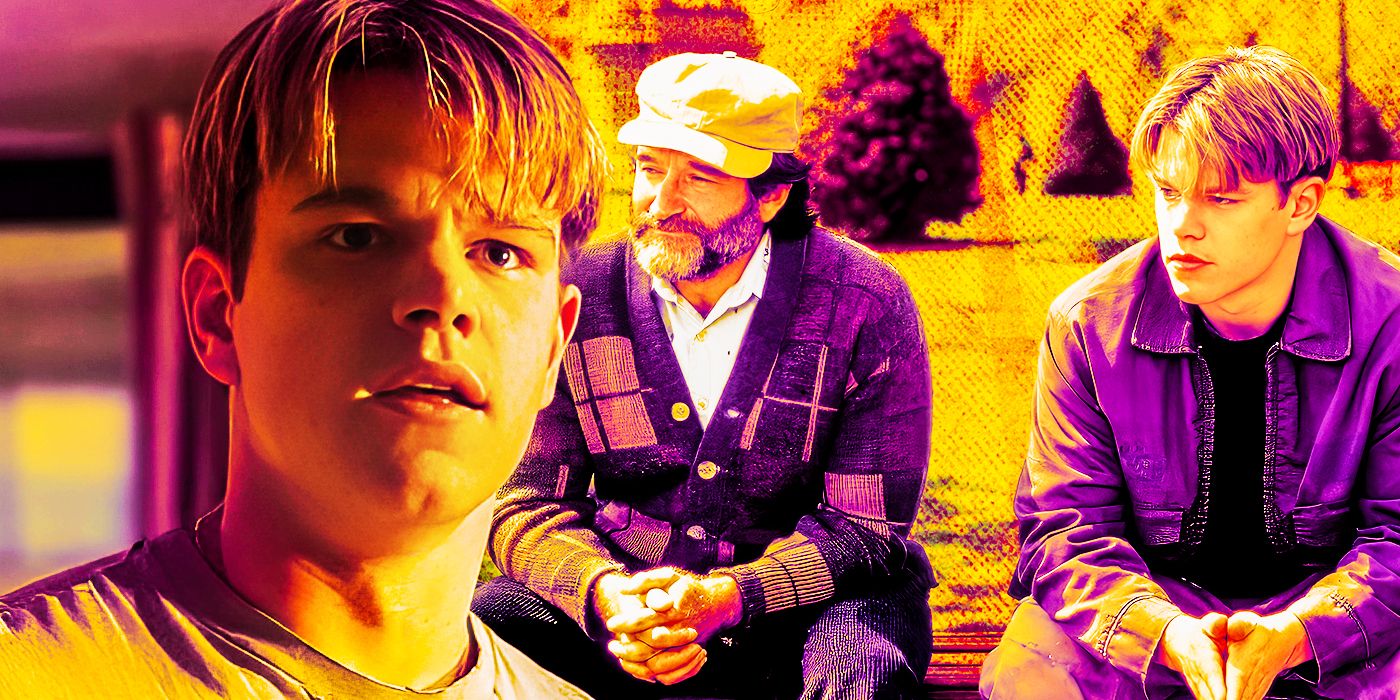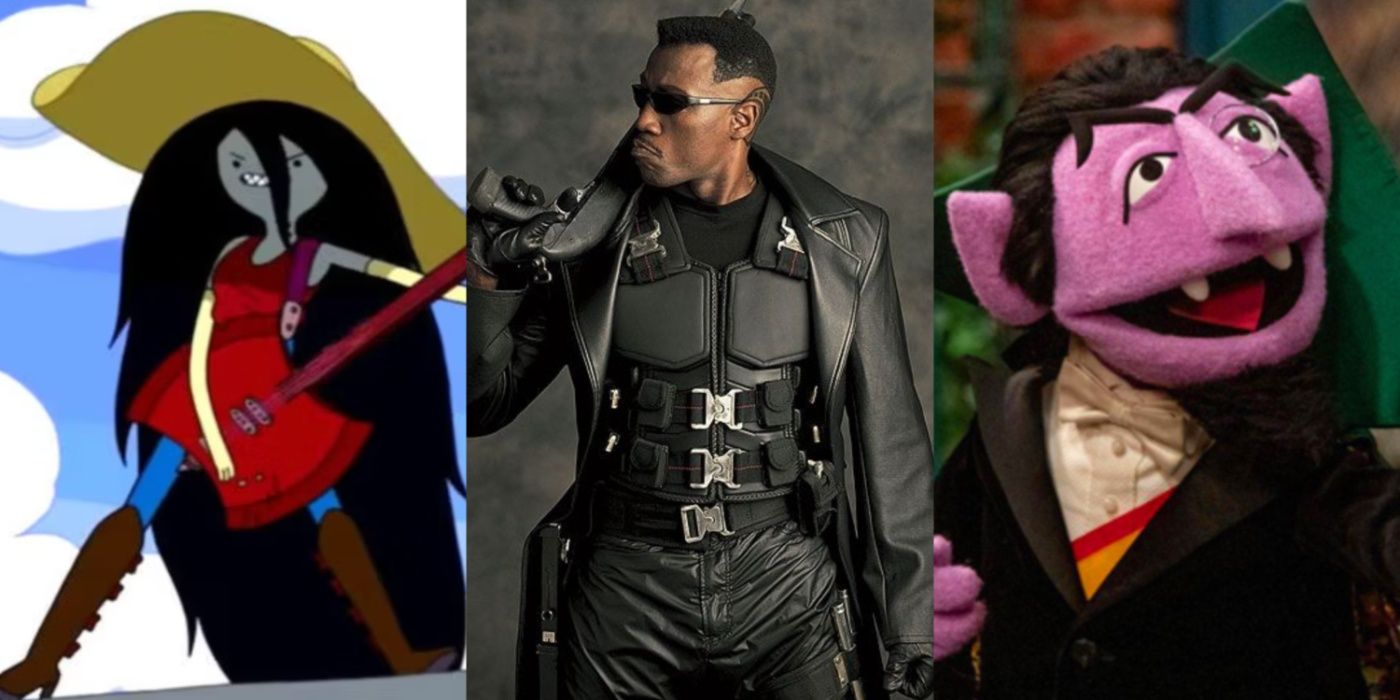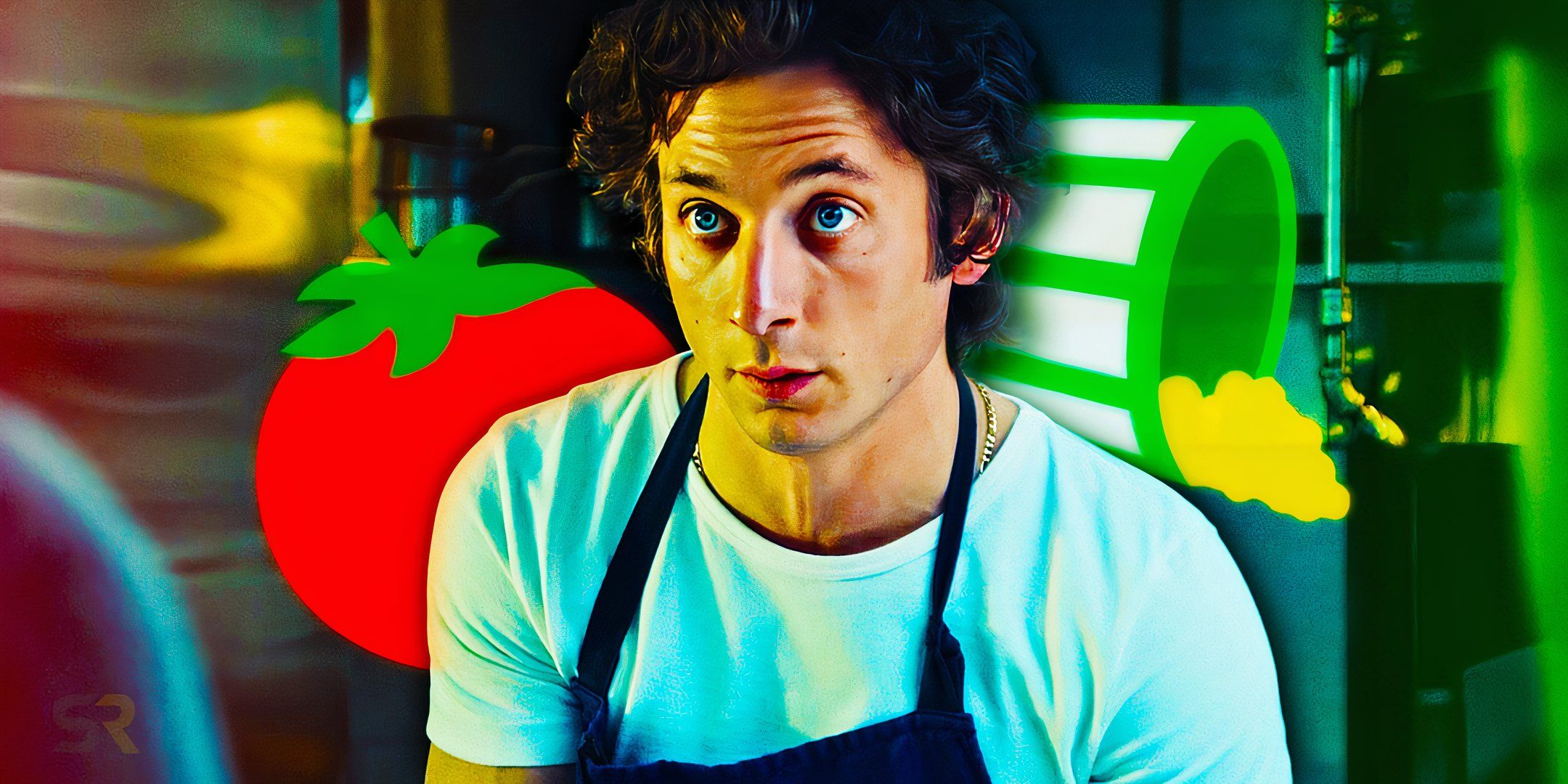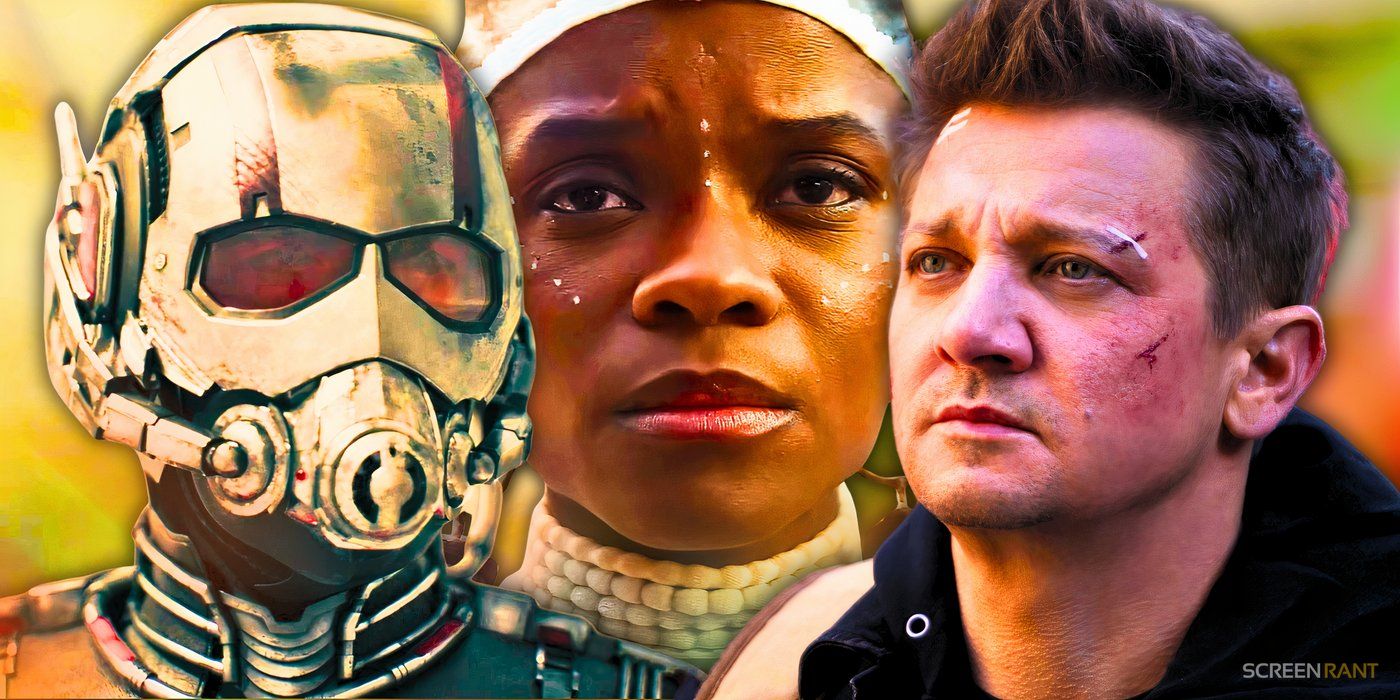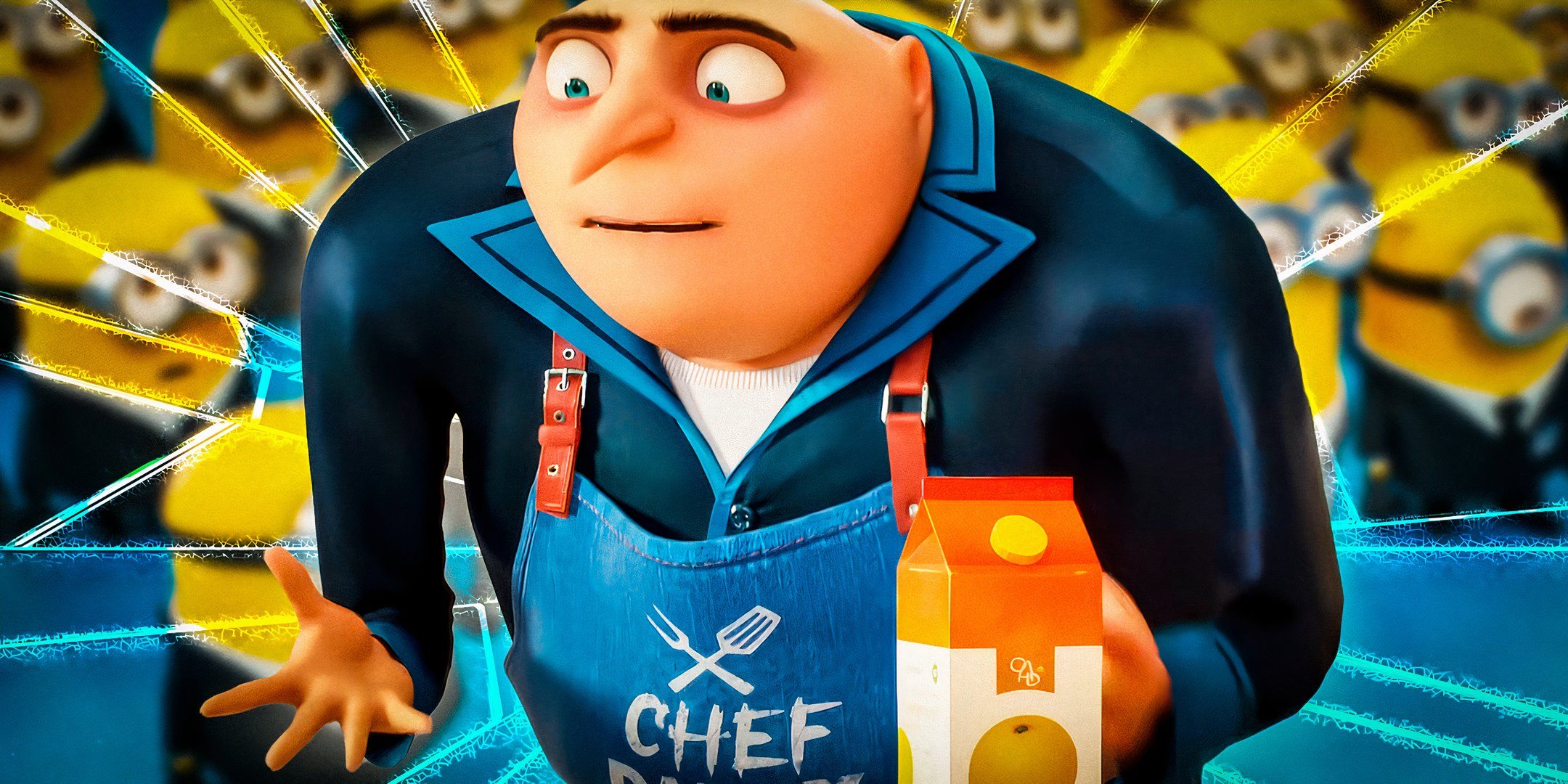Many of the earliest films in the Western genre were silent films that starred real-life outlaws and cowboys. While the Western film genre is said to have seen its peak around the 1950s, the genre was a main component of the silent film era between 1894 and 1929. So, although rare, the crossover between real-life Western figures and their portrayal in film did occur for a few individuals.
Several prominent figures of the Wild West appear in Western films but are oftentimes played by other actors. However, many of these notable outlaws and cowboys acted as themselves in films narrating events throughout their lives. A few of these individuals produced or wrote the source for the film themselves as they reflected upon their previous way of life.
10 Wyatt Earp
An Extra In The Half-Breed (1916)
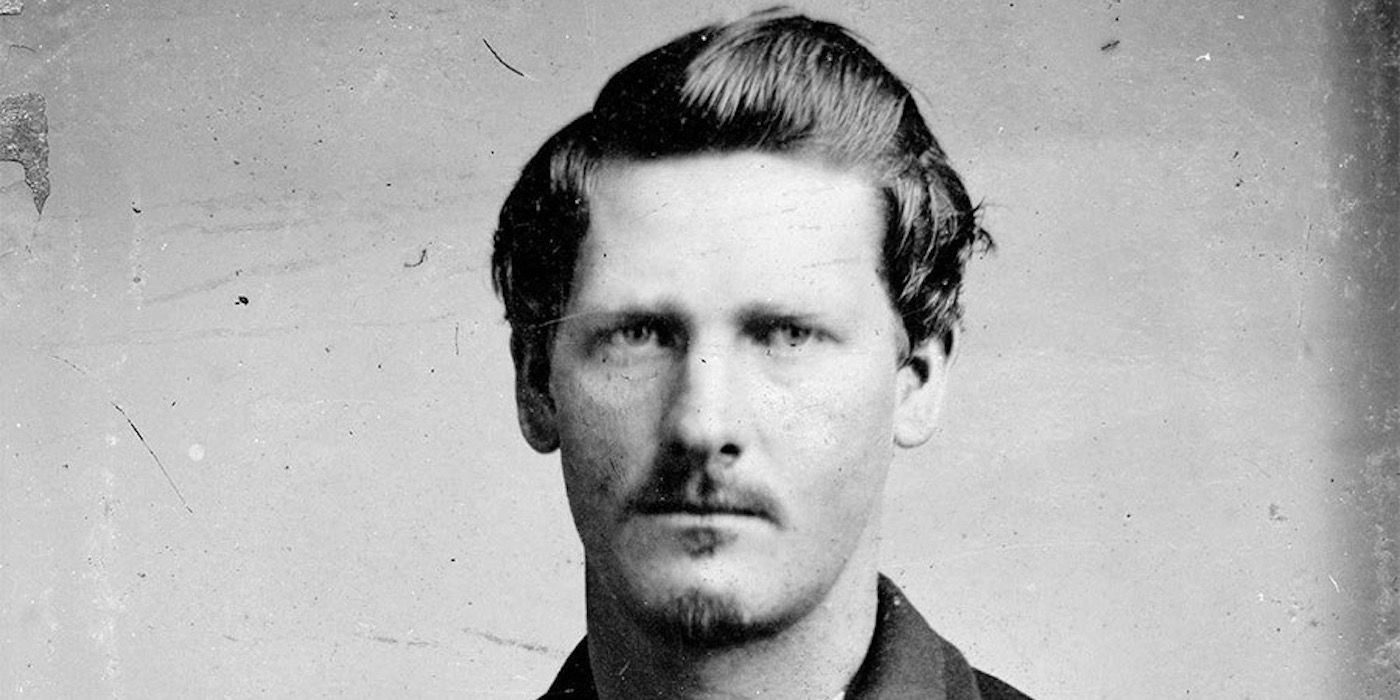
Since Wyatt Earp died in 1929, he’s been depicted in numerous films, television series, and other works of fiction. One of the films includes My Darling Clementine, which depicts the life of the Earp brothers and the events of the gunfight at the O.K. Corral. The gunfight is one of the events Earp is most known for and is noted as being the most famous to occur in the American Old West.
During his time in Los Angeles, Earp worked as an unpaid film consultant and was on set for Allan Dwan’s film, The Half-Breed. Though not credited for his work, Dwan’s biography reveals that Earp starred as an extra in the film. Additionally, Earp befriended those in the industry such as actor William S. Hart and director John Ford.
9 Jesse James Jr.
Played The Role Of His Father In Two Films
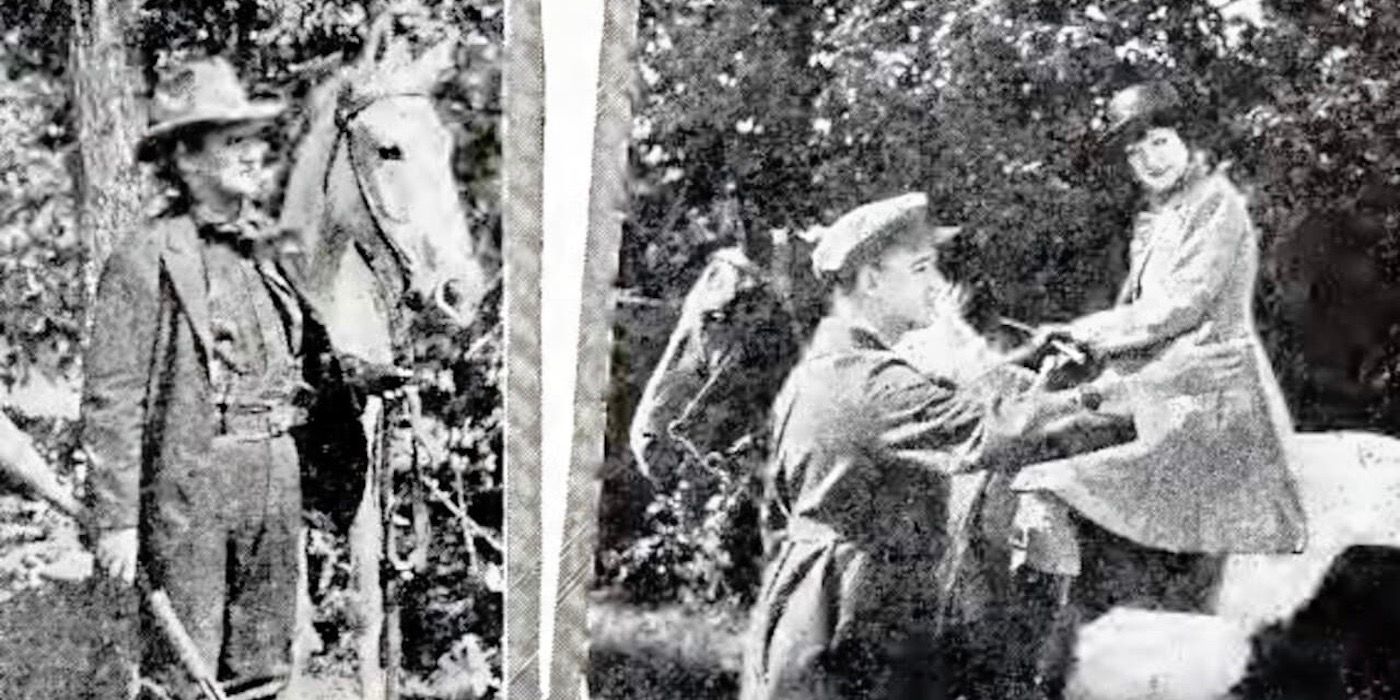
Jesse James was an outlaw who passed away in 1882. He didn’t live long enough to star in any films himself, but his son Jesse James Jr. starred in two Western films. He starred in the 1921 films Jesse James Under the Black Flag and Jesse James as the Outlaw, playing the role of his father in both of them. James Jr. also worked as a technical supervisor for the 1927 biopic about his father’s life. While his outlaw activity wasn’t as extensive as his father’s, he did get arrested for a train robbery but was acquitted shortly after.
8 Al Jennings
Reenacted His Robberies In Films
Al Jennings started with a career as a prosecuting attorney, but soon joined the “Jennings Gang” and lived a life of robbery. Jennings earned a reputation for his outlaw activity and was able to recreate a bank robbery of his in the 1908 film, The Bank Robbery. Jennings was eventually given a life sentence in 1899, but it was reduced to five years and was soon pardoned altogether.
Following these events, Jennings wrote a novel titled Beating Back. The novel was based on his outlaw lifestyle and Jennings himself starred in the novel’s film adaptation. It was during this time that he was involved in politics, but he ultimately retired from this line of work and began working in the Western film industry as an actor and technical adviser until his death.
7 Henry Starr
Starred As Himself In A Debtor To The Law
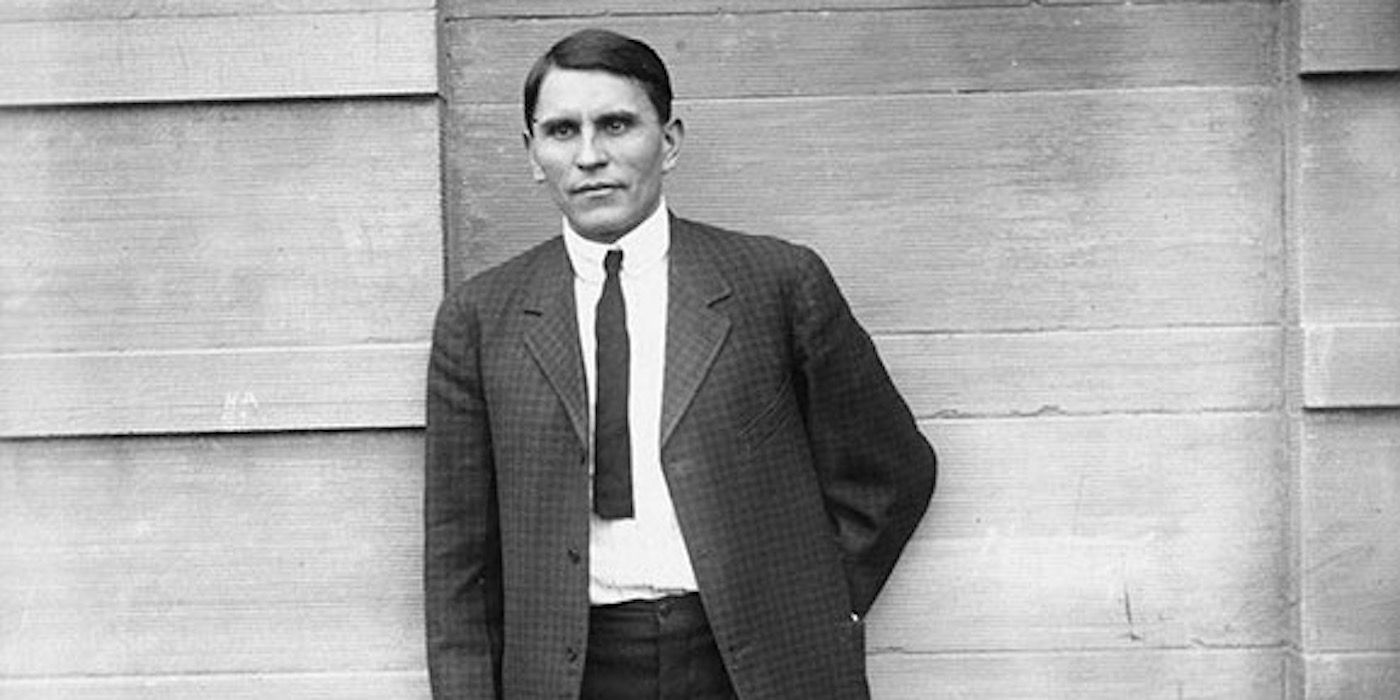
Growing up, Henry Starr was surrounded by outlaws. After Starr’s father passed and his mother remarried a man he resented, Starr decided to leave home and become a cowboy. Starr would eventually form a gang known in the northwestern parts of Arkansas. The robberies committed by Starr and his gang would lead to his arrest in 1915, and it was during this time that he wrote an autobiography titled Thrilling Events, Life of Henry Starr. Once released on parole, Starr starred in the 1919 film A Debtor to the Law acting as himself.
6 Buffalo Bill Cody
Acted In Stage Adaptations Of His Adventures
William Cody, also known as “Buffalo Bill,” was an army scout for several years, but received notoriety for his on-stage performances. While on a train, Cody met Ned Buntline, a writer who would eventually publish stories based on Cody’s life story. A few years following their meeting, Cody appeared on stage in The Scouts of the Prairie, a show produced by Buntline.
After receiving attention for his performance, Cody started Buffalo Bill’s Wild West, a touring attraction that had performers reenacting scenarios such as stagecoach robberies and attacks on wagon trains. Cody became an internationally known figure after the group’s touring in Europe became highly popular. Cody would also portray himself in the film The Life of Buffalo Bill, produced partly by Buffalo Bill.
5 Annie Oakley
Toured With Buffalo Bill’s Wild West
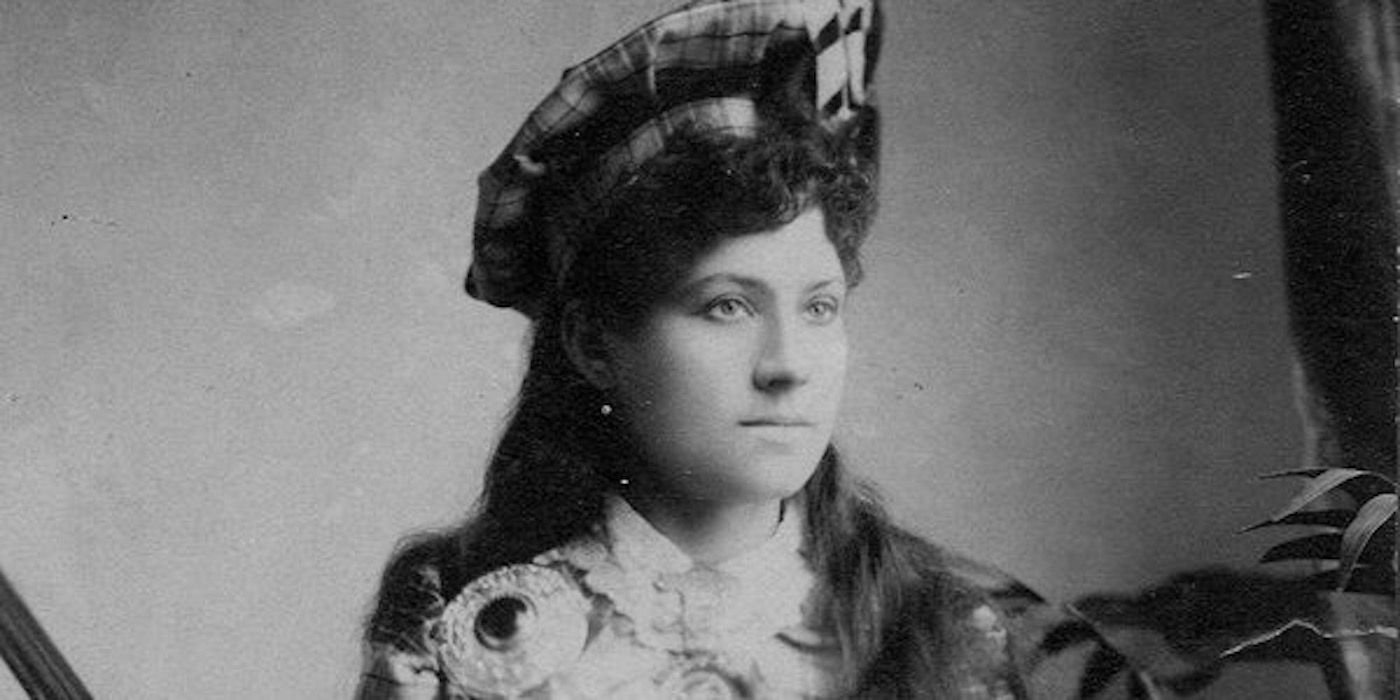
Annie Oakley made her acting debut in Buffalo Bill’s show Buffalo Bill’s Wild West. She was a leading performer alongside her husband, Frank Butler. Together the two were known for their sharpshooter skills, as Oakley’s childhood forced her to develop such skills. While much of her acting career took place in Buffalo Bill’s touring attraction, Oakley did appear in a silent film in 1894. Thomas Edison asked the touring group to appear in films of his, one of which was titled Annie Oakley. The film showcases Oakley’s shooting skills as she’s successfully firing at still objects and those being tossed up in the air.
4 Heck Thomas
Captured Outlaws In Real Life And Film
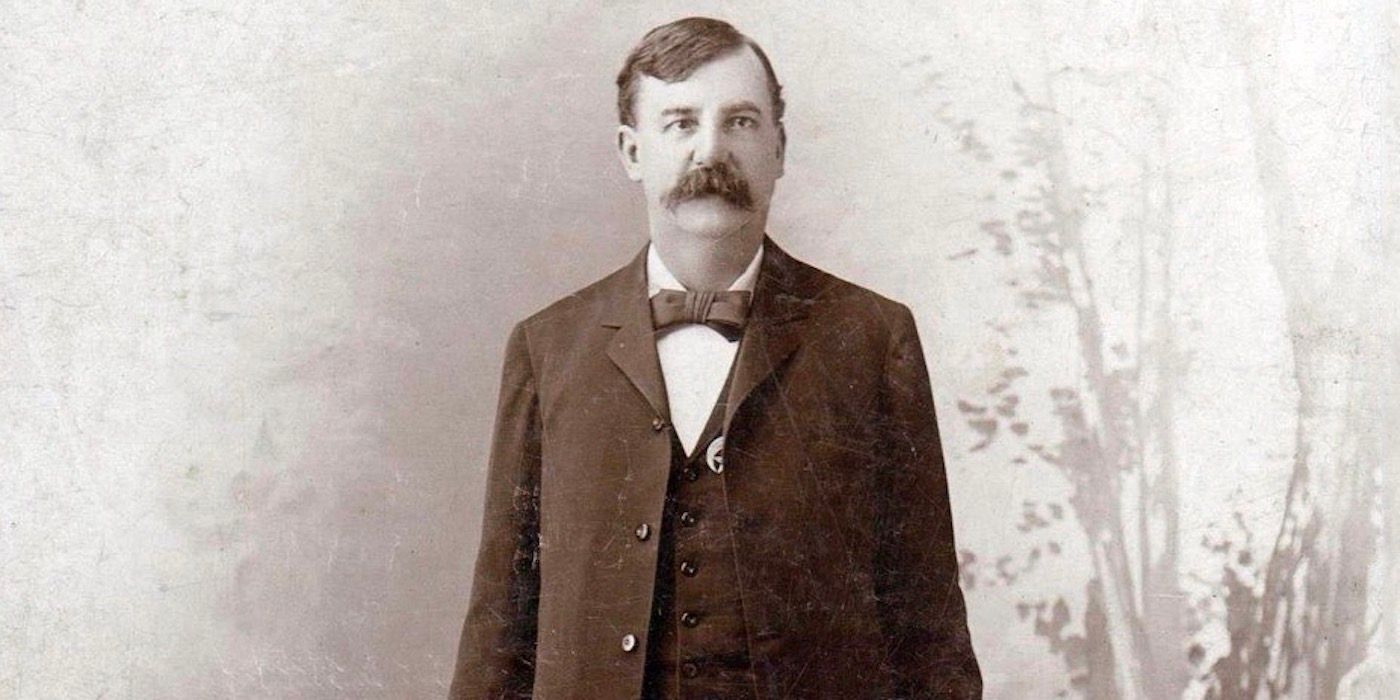
Henry “Heck” Thomas was known for his service in law, notably bringing down the Dalton Gang. Working with two U.S. marshals, the three were known as the Three Guardsmen of the region. Among the outlaws the Three Guardsmen captured, they ended the reign of the Dalton Gang with only one member, Emmett Dalton, surviving. After suffering from poor health conditions, Thomas acted in the 1908 film The Bank Robbery, as the leader of a group that captures bank robbers, mirroring events from his real life.
3 Emmett Dalton
Portrayed Himself In Film Based On His Life
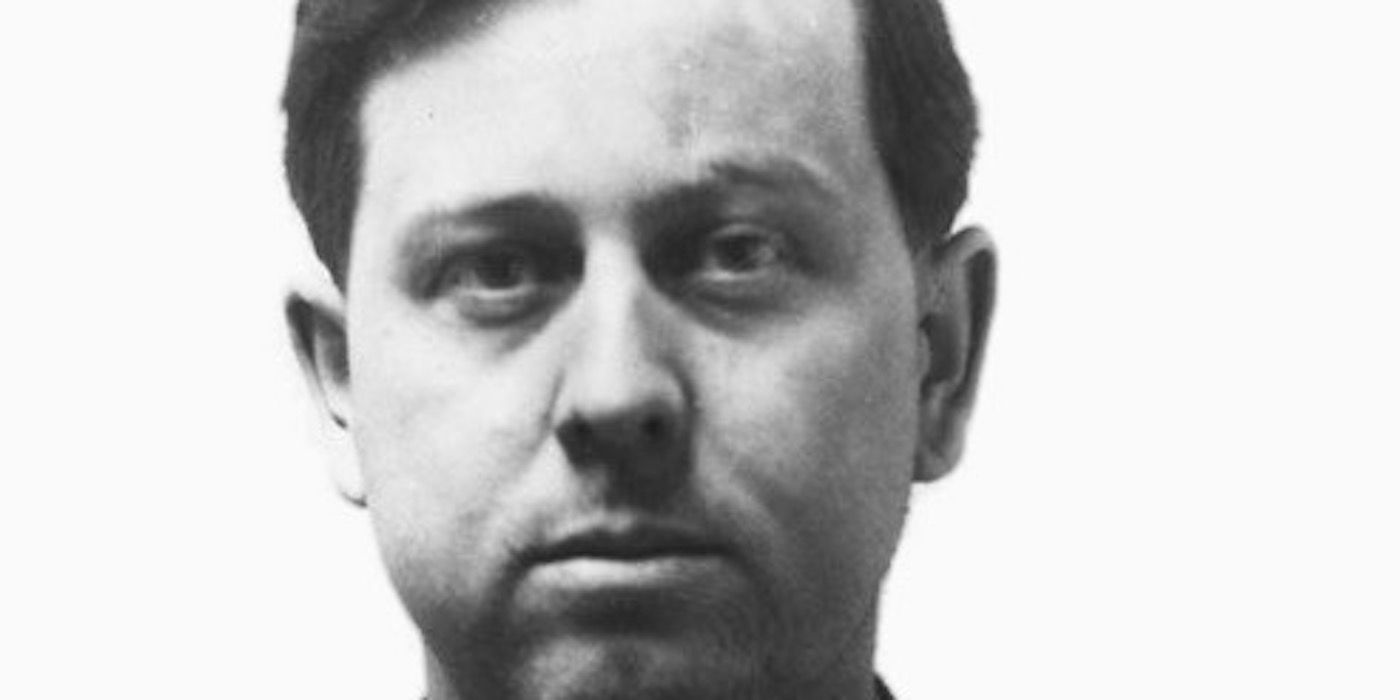
Emmett Dalton was the only surviving member of the Dalton Gang. The group of outlaws is known for their failed attempt to rob two banks on the same day in 1892. After serving his time in prison, Dalton was pardoned and embarked on a path different from his previous outlaw ways. Through a magazine, Dalton published Beyond the Law, a story detailing the events in this life. This story would later be made into a film in which Dalton portrayed himself.
2 George Contant AKA George Sontag
Worked As Film Producer Following His Release From Prison
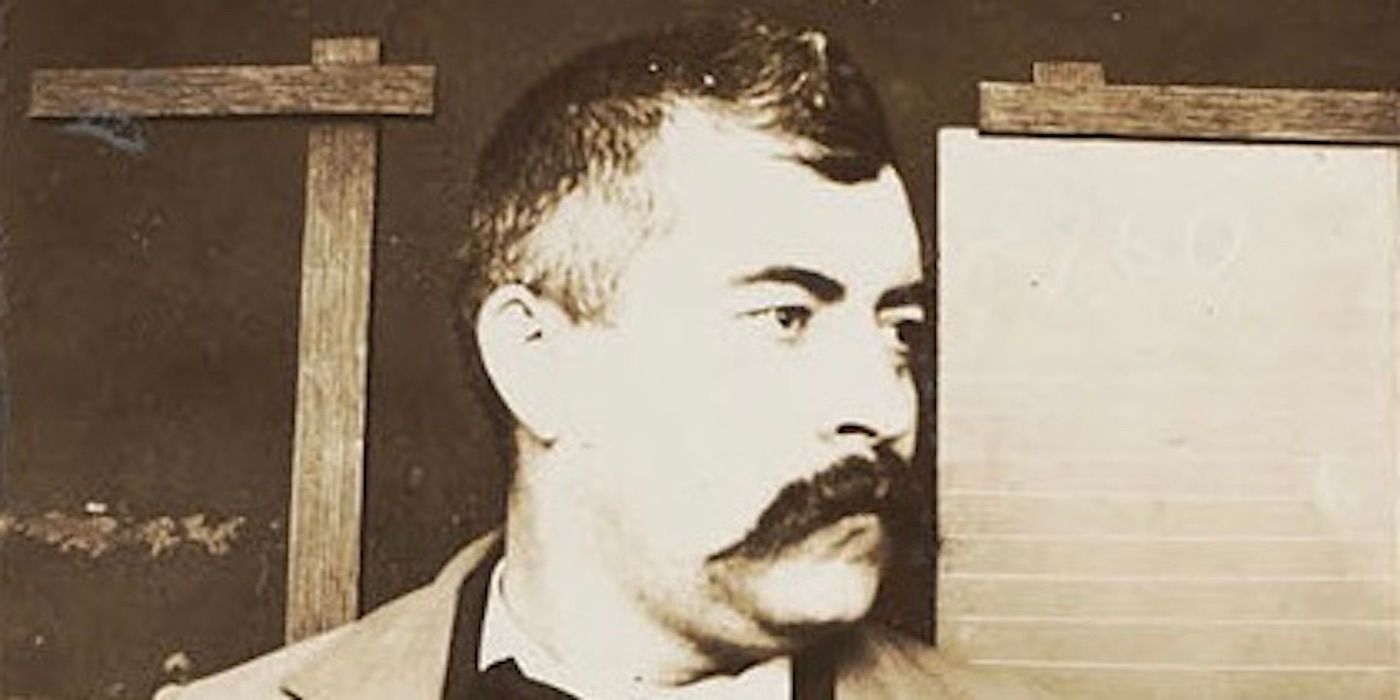
George Contant, known as George Sontag when operating alongside his brother John Sontag, was an outlaw during the 1890s. In California, George, John, and their friend Christopher, worked together to execute a handful of robberies, including a train in the region now known as Fresno County. It’s there where the three would be caught and arrested for their crimes. Once Contant was released, he wrote A Pardoned Lifer, an autobiography reflecting on his choices made as an outlaw. Advocating against outlaw lifestyles, Contant was making a new life for himself. This included working as a producer for the 1915 film The Folly of a Life of Crime.
1 Pancho Villa
Signed A Movie Deal To Receive Funding For Revolution
Francisco “Pancho” Villa, though not an outlaw or cowboy by definition, was a celebrated Mexican leader in the revolutionary movement and has been portrayed throughout Western films following his passing. It’s his participation in Mexico’s politics and the descriptions of his character as written by journalists that contributed to his fame. Journalist John Reed documented the journey of Villa and his army and published his writing for American audiences.
Furthermore, Villa signed a deal with the Mutual Film Corporation to receive funds. In exchange for Villa starring in silent action films, he received $25,000 and was promised a cut of the film’s profits. The film, The Life of General Villa, starred Villa as himself in Mexican Revolutionary battle sequences, some of which were real and others that were staged.
